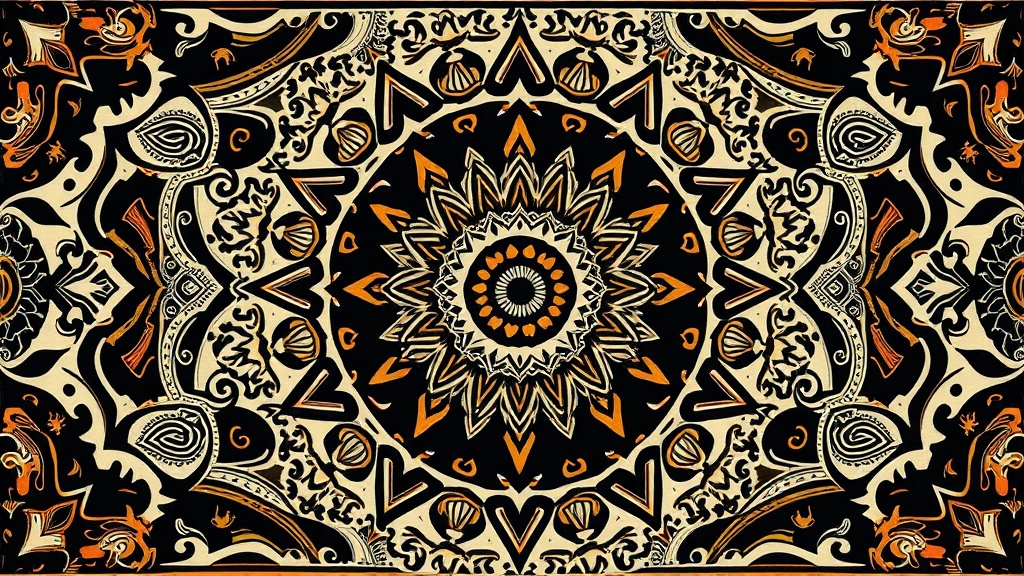Home / Arts and Entertainment / Gond Art: From Mud Walls to Global Fame
Gond Art: From Mud Walls to Global Fame
22 Nov
Summary
- Jangarh Singh Shyam's art transformed tribal craft into contemporary art.
- Gond painting evolved from ritualistic wall art to a recognized global style.
- The debate continues: 'Gond painting' versus 'Jangarh Kalam'.

The emergence of Gond painting began in the early 1980s when Jangarh Singh Shyam's contemporary art on a mud wall in Patangarh village was recognized by J. Swaminathan. This pivotal moment launched an art form that would gain international acclaim, though many argue it should be called 'Jangarh Kalam' to credit its originator.
Originating from the Gond and Pardhan communities, the art was historically tied to rituals, adorning homes with natural pigments. Jangarh Singh Shyam transformed this tradition, translating motifs from mud walls to canvas and paper. His distinctive style, characterized by fine lines and pulsating patterns, paved the way for a new visual language.
Today, Gond painting represents a fusion of ancestral beliefs and individual imagination. While 'Gond painting' signifies community identity, 'Jangarh Kalam' highlights the singular vision that propelled it onto the global stage, a journey marked by both artistic evolution and the ongoing recognition of individual authorship.




